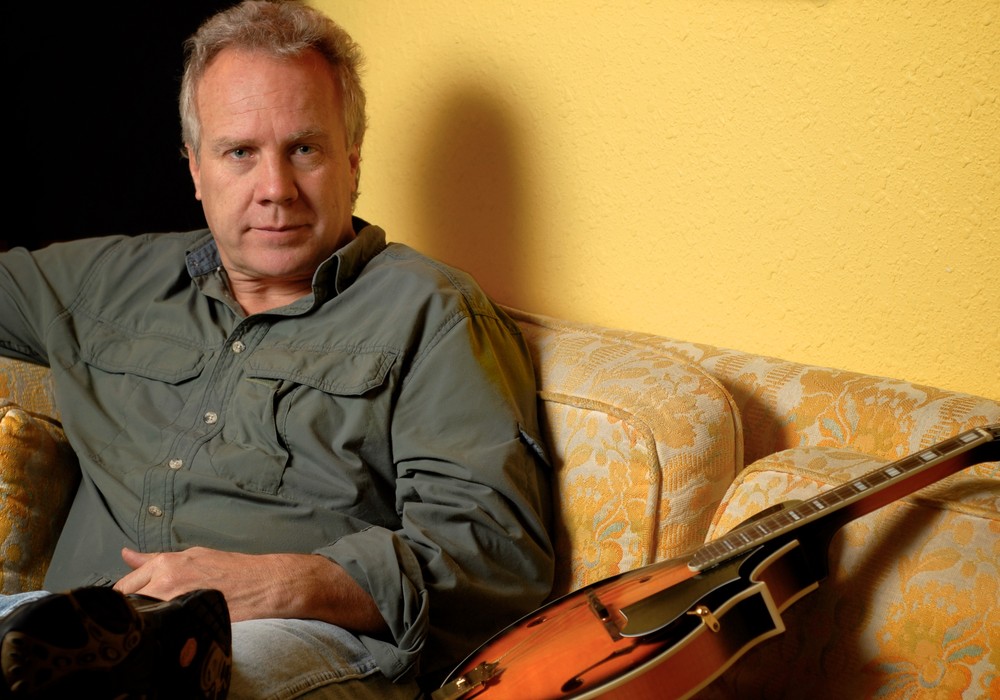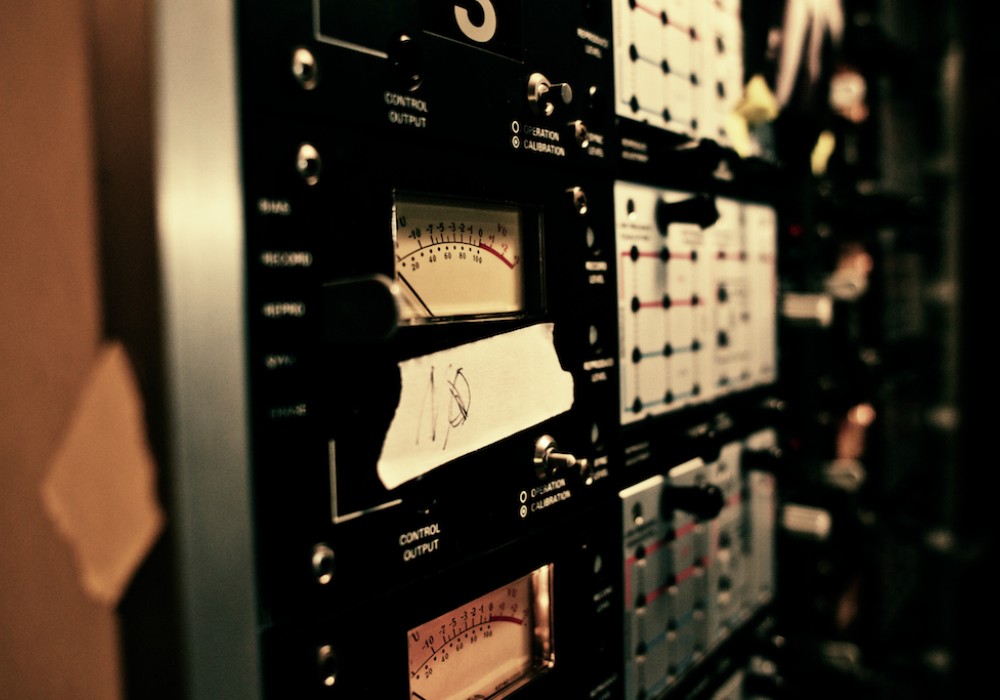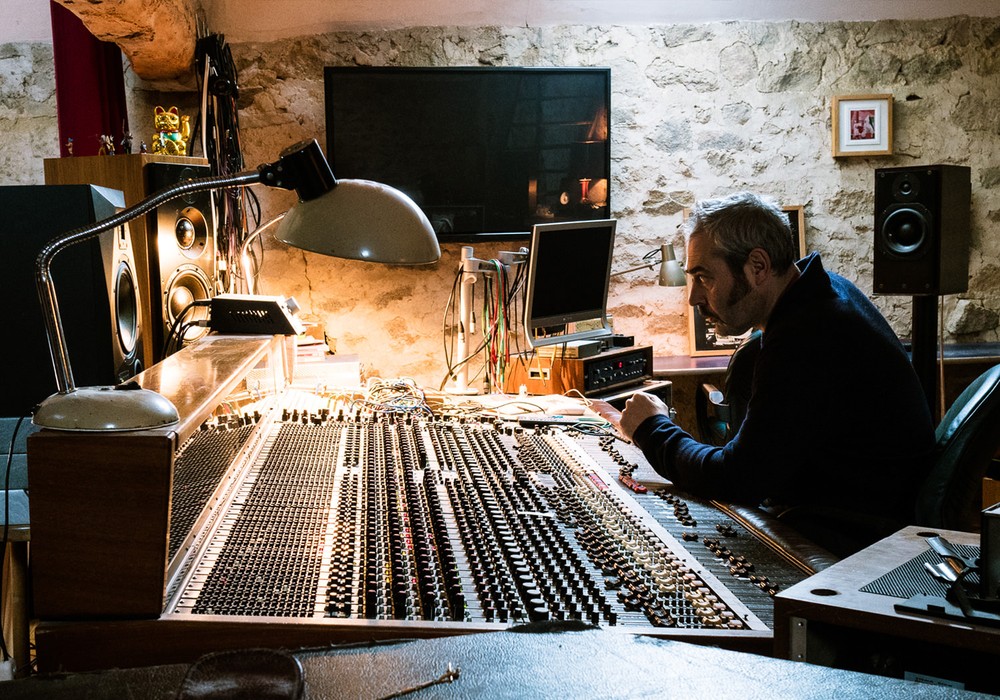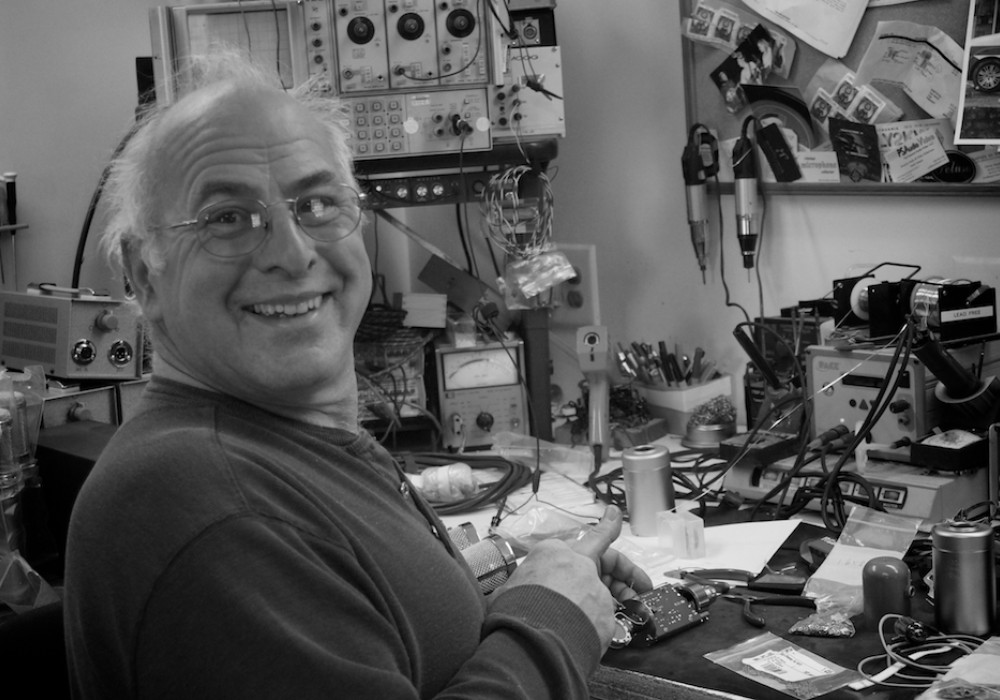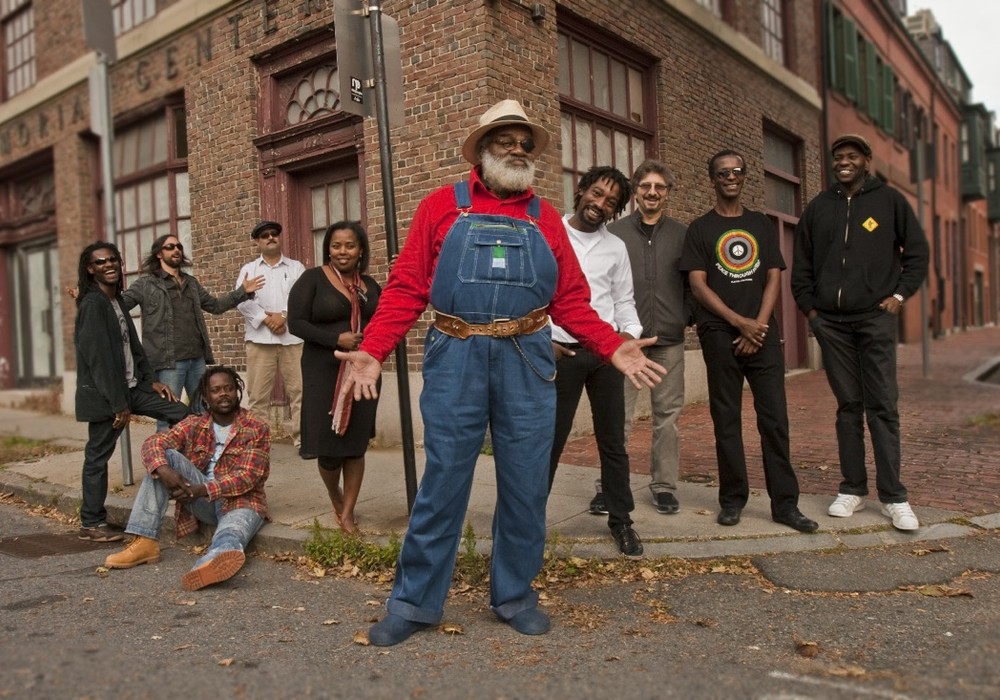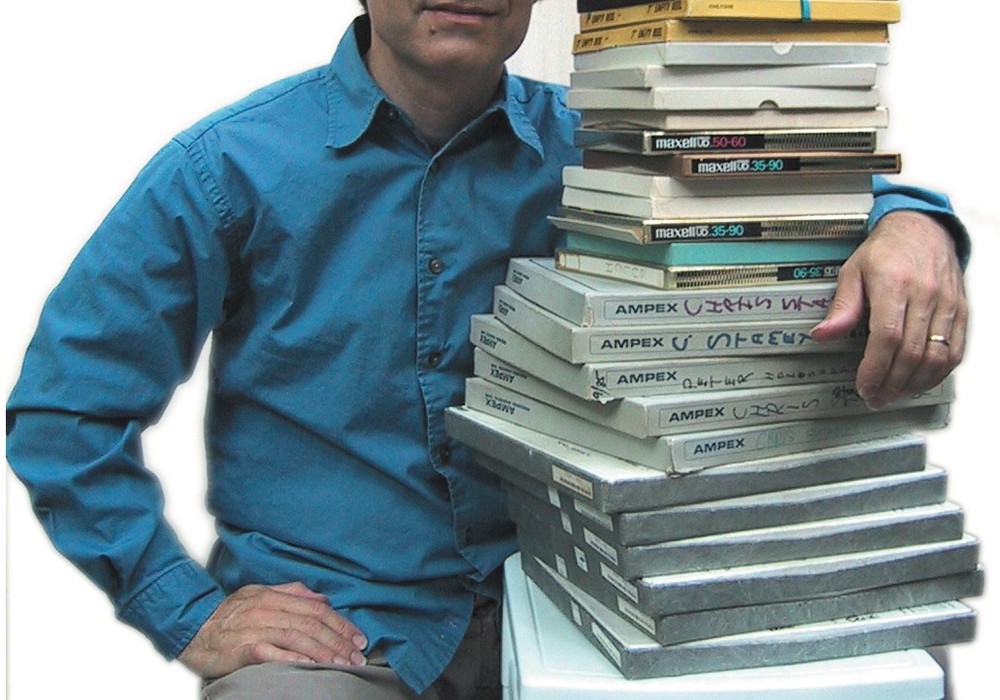Mike Castoro, the 43-year-old owner and creator of Wunder Audio, lives quietly with his wife and two kids in the northern hills of Austin, Texas. Originally from upstate New York, he spent his junior high and high school years in Florida, then moved to Austin during the '80s to attend the University of Texas, where he earned a BA in recording engineering. Shortly after graduation, he started Stardog Studio as a modest, 4-track cassette facility, and within a decade grew it to a 24-track analog museum for vintage gear rife with Pultecs, Fairchilds, Neve, Neumanns and at least a half dozen Mellotrons — the tape-based keyboard popularized by The Beatles and the Moody Blues. After six years of running a successful studio, he branched out and became a vintage gear broker when he started a company called Misty Hill Audio. In the late 1990s, he started manufacturing his own line of pro audio equipment under the Wunder Audio banner.
How is the CM7-GT mic different from and similar to the CM7 microphone?
Well, they're similar especially if you order the GT with the M7 capsule instead of the K47 capsule. The capsule, the grille and the transformer are all going to be identical. The main difference is the GT has no pattern switch on the chrome top grille like a U47would have — it's on the power supply unit instead. So the cardioid is a perfect cardioid on the U47 or CM7, but when you change patterns using a power supply there's always variation plus or minus by a tiny percent. Still, the C12 and the M49 also change polar patterns from the power supply, and those are certainly well-accepted mics. Also, the metal work on the GT isn't historically correct like it is in the CM7, where it's as close as possible to an authentic U47. It comes from the same high quality metal shop, but it's made of different parts and a lot simpler. We don't have to replicate every tiny screw, piece of rubber and PVC in the U47.
So are you approaching the GT as a new mic entirely?
Exactly. We're doing a new mic from scratch, so we don't have to reverse engineer everything. On the GT, there's probably two thirds the parts of the CM7. For example, on the CM7, if you take off the grille, the capsule travels with it — it's connected. But if you take the grille off the GT, the capsule stays on the body of the mic. Just that one part of the equation means the GT has a lot fewer parts and lower costs. Another example is that the connector on the bottom of the CM7 is a U47-type Tuchel. On the GT we didn't want to compromise too much and use an XLR, we used a ¾ size Tuchel like you see on a U67 or an M269.
Any other differences between the two mics?
Obviously, the heart of the GT is the glass tube, which is what GT stands for. We're using a NOS Telefunken glass tube that basically replaced the VF and EF14 back in 1960 when they went to glass tubes and stopped making the metal tube. Since it has the glass housing, theoretically the microphonics should be a bit better than the metal, and I'm able to find a lot more really good quality tubes because I have thousands to choose from. Tubes make the biggest difference sonically between the two mics. The EF14 has finer detail (I think) than the glass tube and 3 dB more output. So when you do a shootout between the two mics, they're going to sound pretty identical if you set the mic pre to 3 dB more gain on the GT. The extra noise floor is equalized by the lower noise from the glass tube — the metal tubes tend to be noisier, even though they provide better detail. The other thing I noticed is that when I tried some loud, shouting type vocals the CM7 had a fuller sound than the GT, but since I did one take, I don't have a well-rounded opinion of that yet. Time will tell. It's basically the same circuit, although not point-to-point like the CM7. One engineer thought that the difference between the CM7 and the GT was that vocals sounded closer, more intimate on the CM7.
How did you go from musician/studio owner to pro audio manufacturer?
I started Stardog Studio as a singer-songwriter looking to record his own stuff. All I really had was a four-track cassette recorder and a Realistic microphone. I couldn't afford better stuff, but I was well aware there was better stuff out there. I always used to say that we would reinvest ten percent of the studio profit into new gear, but after six years I realized that wasn't happening. So I got a Small Business Administration SBA loan — this was during the Clinton Administration — and it was probably the best thing I ever did. It's a government guaranteed loan. It's hard to get a straight bank loan without collateral, but with the SBA loan they looked at my...
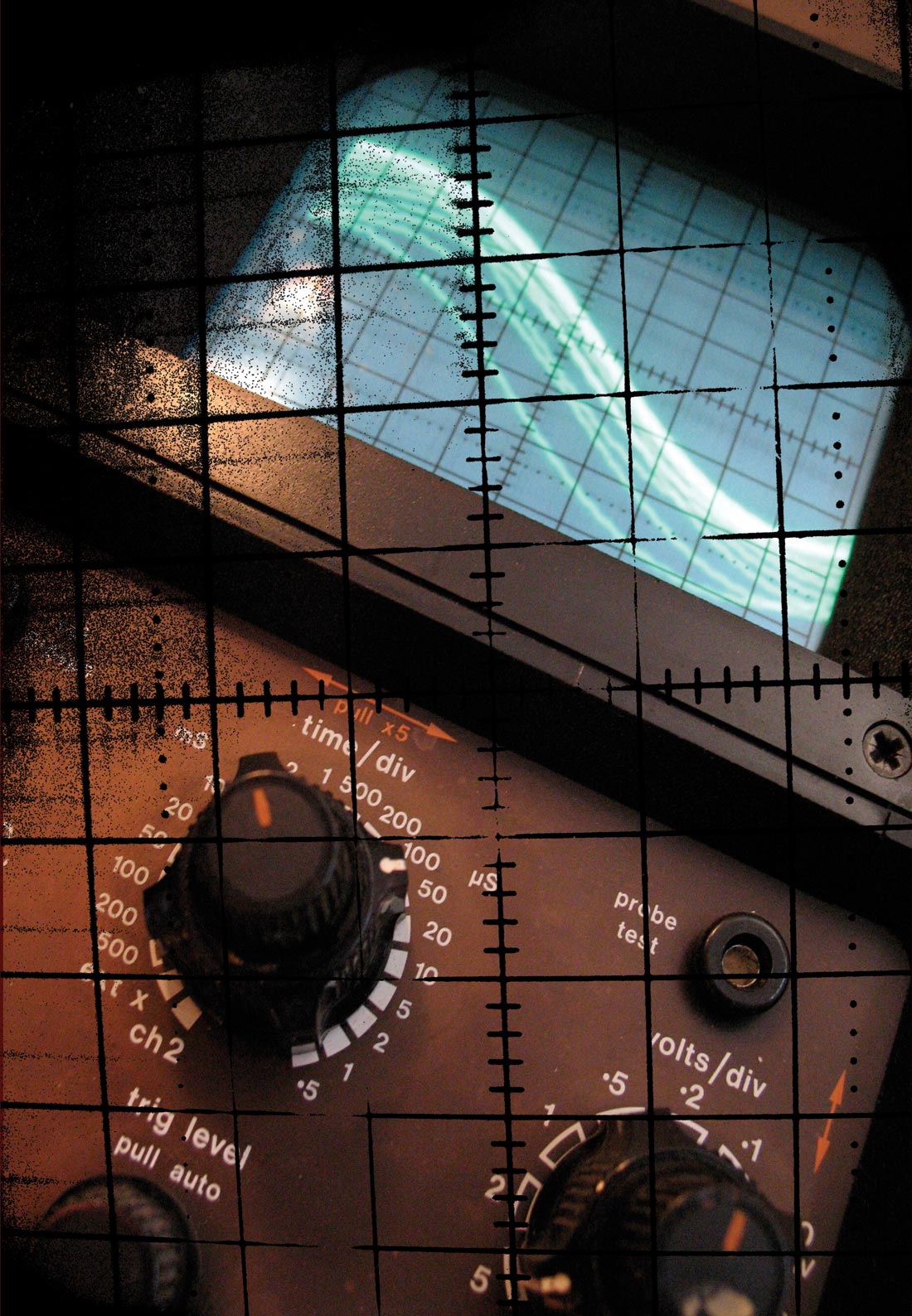

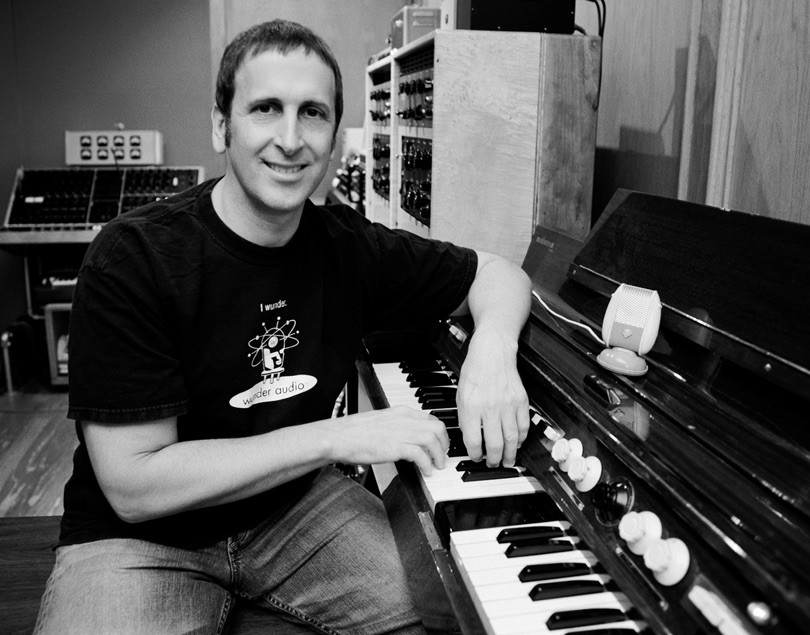


_disp_horizontal_bw.jpg)
